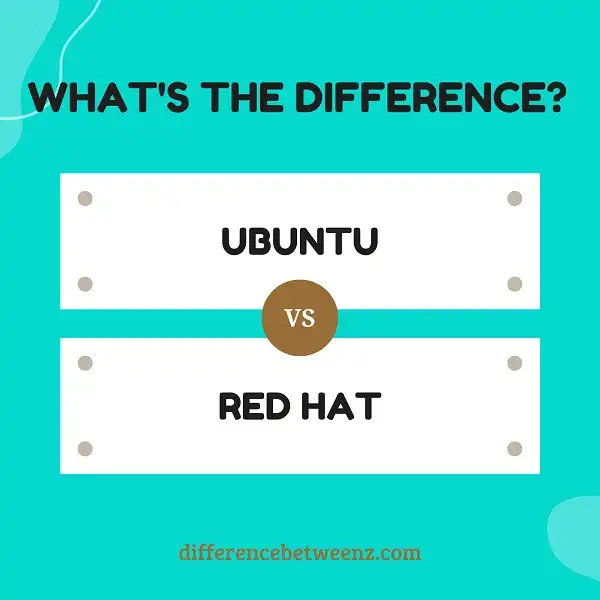There are a few key differences between Ubuntu and Red Hat Linux distributions that you should be aware of before making a choice for your business. Both distributions have their pros and cons, but some factors may be more important to you than others. Here’s an overview of the most important distinctions between Ubuntu and Red Hat.
What is Ubuntu?
Ubuntu is a Debian-based Linux operating system. It is designed for use on personal computers and is available in both desktop and server editions. Ubuntu is released every six months, with new features and security updates. The latest version of Ubuntu is 18.04, which was released in April 2018. Ubuntu is developed by Canonical, a company founded by South African entrepreneur Mark Shuttleworth. Ubuntu is free to download and use, and it is backed by a global community of developers and users.
Ubuntu’s philosophy is based on the idea that “everyone should be able to use their computer regardless of ability or experience.” This philosophy extends to all aspects of the operating system, from the user interface to the software repositories. Ubuntu is currently one of the most popular Linux distributions, with millions of users around the world.
What is Red Hat?
Red Hat is a software company that provides open-source software solutions. The company’s flagship product is Red Hat Enterprise Linux, which is a Red Hat-sponsored distribution of the Linux operating system. Red Hat also offers a wide range of other software products, including the Red Hat Directory Server and the Red Hat Enterprise Virtualization platform. In addition to its software offerings, Red Hat provides training, consulting, and support services. Red Hat is headquartered in Raleigh, North Carolina.
Difference between Ubuntu and Red Hat
Ubuntu and Red Hat are two of the most popular Linux distributions available today. While they share many similarities, there are also some significant differences between the two. Ubuntu is based on Debian, while Red Hat is based on RPM. Ubuntu is released every six months, with long-term support releases every two years, while Red Hat follows a more traditional release cycle, with new versions every few years. Ubuntu uses Unity as its default desktop environment, while Red Hat uses GNOME. Ubuntu is backed by Canonical, while Red Hat is backed by IBM. Finally, Ubuntu is free to download and use, while Red Hat Enterprise Linux requires a subscription. While both Ubuntu and Red Hat are excellent choices for a Linux distribution, the choice of which to use will ultimately come down to individual preferences and needs.
Conclusion
So, what is the difference between Ubuntu and Red Hat? The answer to that question depends on whom you ask. Some people might say that Ubuntu is more user-friendly while others might claim that Red Hat is more stable. In the end, it really comes down to personal preference. What’s important is that you choose a distribution of Linux that meets your specific needs.


